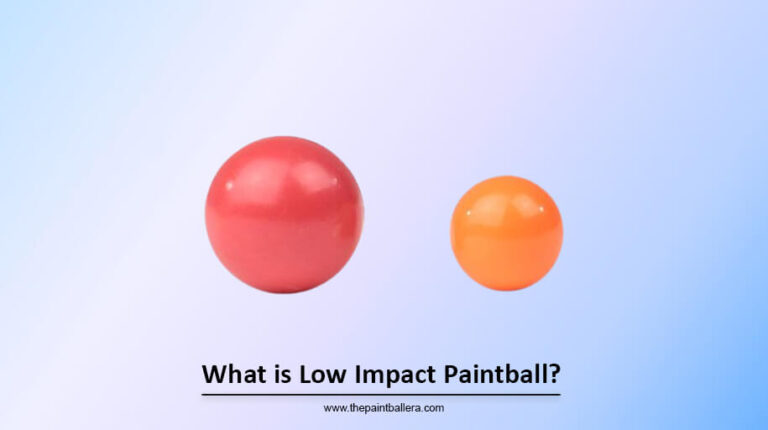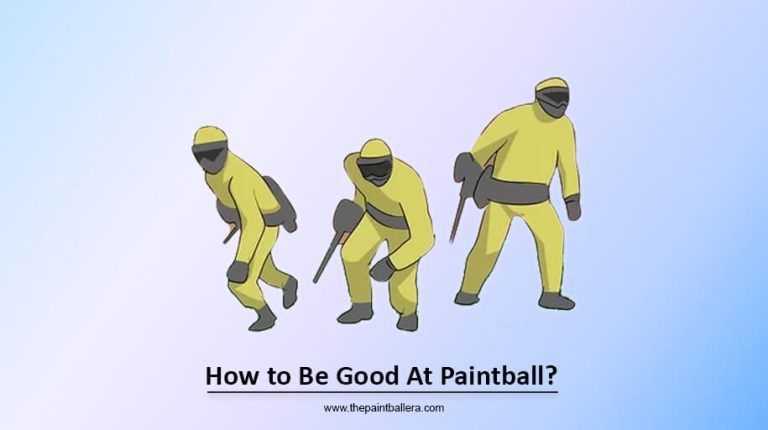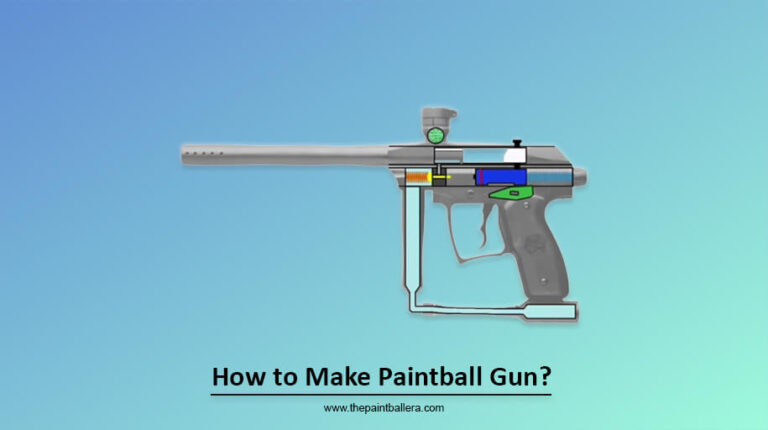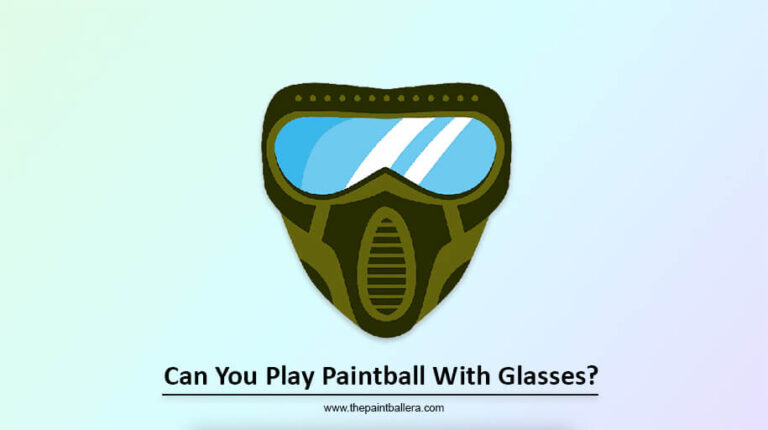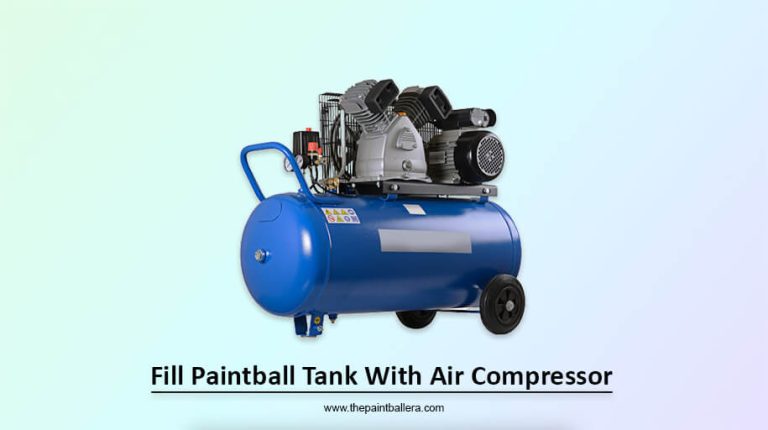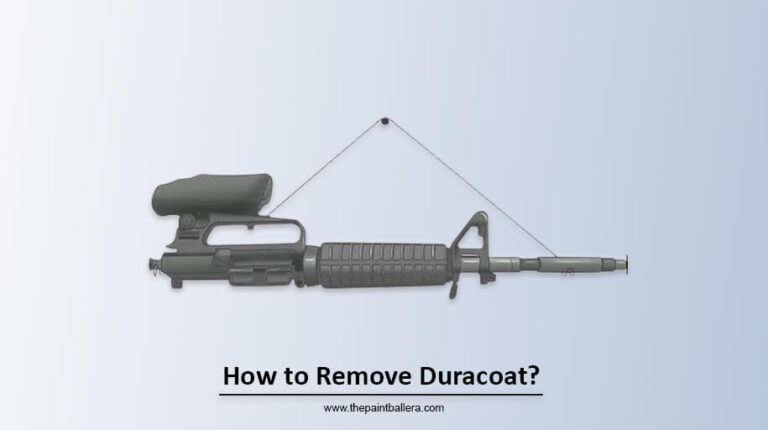Paintball Hopper Capacity
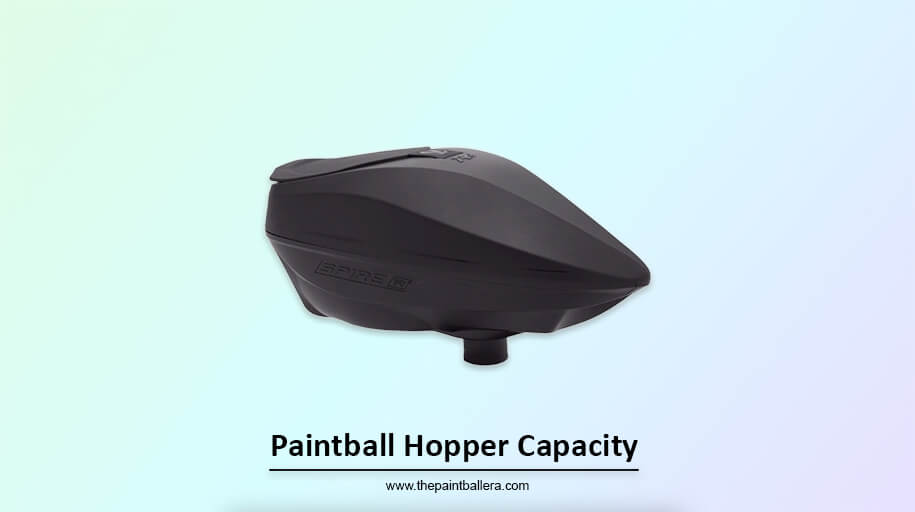
Hey there, paintball enthusiasts! So, you’ve got your gear on, your marker is dialed in, and you’re ready to own the field. But have you considered your paintball hopper capacity? Trust me, you don’t want to find out you’re out of ammo when you’re about to make that game-winning shot.
In this blog post, we’ll dive deep into paintball hoppers, exploring everything from how many paintballs they can hold to the different types of hoppers and how they work. We’ll even talk about how to make and maintain your hopper, ensuring you’re always ready for action.
Paintball Hoppers
Before diving into the nitty-gritty details of hopper capacity, let’s take a step back and discuss what a paintball hopper is. A paintball hopper is an attachment you put on top of your marker (that’s your paintball gun, for those new to the lingo) to store and feed paintballs into the firing chamber.
Imagine it as the magazine for your paintball marker. These handy devices come in various shapes, sizes, and types, each offering unique pros and cons that can make or break your game.
It’s like choosing the right running shoes for a marathon; you wouldn’t pick just any pair, would you? The hopper is an essential piece of your paintball setup, affecting your rate of fire, the consistency of your shots, and, most importantly, how many paintballs you can carry into battle.
How Many Paintballs Does a Hopper Hold?
Now that we know what a hopper does, let’s get to the main question: How much paint can it hold? Hopper sizes usually range from as small as 40 rounds to as many as 200-300 games for larger electronic hoppers.
The smaller hoppers are often used in pump or mechanical markers, where a slower rate of fire means you don’t need a ton of ammo at your disposal. These are great for tactical or scenario play, where you might prioritize precision over volume.
On the other hand, if you like to “spray and pray,” a larger hopper that holds 200 or more paintballs might be your best friend. These are generally used in speedball, where things can get intense and every second counts.
The last thing you want is to be caught refilling your hopper while the other team is raining paint on you, am I right?
Choosing the suitable hopper capacity is a balancing act between your playing style, your marker’s capabilities, and the game type you prefer. You want to have enough paintballs to make your mark but not so many that it weighs you down.
Different Types of Hoppers and How They Work
Let’s delve into the variety of hoppers because one size certainly doesn’t fit all in the paintball world. Hoppers are broadly categorized into three main types: gravity-fed, agitating, and force-fed.
1. Gravity-fed Hoppers: These are your essential, no-frills hoppers. As the name suggests, they rely on good old gravity to feed paintballs into your marker. While they are the most budget-friendly, they can be slow and prone to jams. Think of them like the reliable old pickup truck—it may not be flashy, but it gets the job done.
2. Agitating Hoppers: These hoppers come with a small fan or paddle inside to help break up any paintball jams and ensure a smoother flow. They’re sort of like the middle-ground—an excellent step up from gravity-fed, but not as advanced as force-fed hoppers. It’s ideal for those who want extra oomph without going all out.
3. Force-fed Hoppers: These are the Ferraris of the hopper world. They use an electronic mechanism to push paintballs into your marker, ensuring the fastest and most consistent feed rates. This is your hopper if you’re into speedball or just like going full Rambo on the field.
So, whether you’re a weekend warrior or an aspiring pro, there’s a hopper tailored to your needs.
The Difference of Electronic & Gravity Fed Hoppers
Now that we’ve touched on the types let’s focus on the big divide: electronic versus gravity-fed hoppers. We already know that gravity-fed hoppers are straightforward. But what makes electronic hoppers worth the extra cash?
1. Speed: Electronic hoppers feed paintballs into your marker much quicker. If you have an electronic marker that can fire 20+ shots per second, a gravity-fed hopper won’t keep up.
2. Consistency: Electronic hoppers reduce the chances of jams, misfires, and breaks, making for a smoother experience. It’s the difference between driving in stop-and-go traffic and cruising on the open road.
3. Adjustability: Many electronic hoppers allow you to adjust the feed rate to match your marker’s firing capability, offering a more personalized gameplay experience.
4. Battery Dependency: One downside, however, is that electronic hoppers require batteries. It’s like having a smartphone—you’ve got to keep it charged, or else it’s just a fancy paperweight.
So, if you’re a more laid-back recreational player, a gravity-fed hopper could be your go-to. But if you’re looking for something that can match your high-flying, fast-shooting gameplay, an electronic hopper might be your best bet.
How to Make a Paintball Hopper?
Making your paintball hopper can be a rewarding experience for those with a knack for DIY projects. Not only can you customize the size and design to suit your style, but you can also save some cash. Who doesn’t love that, right?
1. Materials: You’ll need a plastic container (like a water bottle or a small bucket), flexible tubing, and a way to secure everything—usually screws or heavy-duty adhesive.
2. Design: Draw out your plans. Remember to create a hole at the bottom for the paintballs to feed through and a larger opening at the top for reloading.
3. Cutting and Assembling: Carefully cut your plastic container according to your design. Attach the tubing to the bottom hole to act as the feed neck, securing it tightly.
4. Testing: Before taking it to the battlefield, test it out. Load some paintballs and attach them to your marker to ensure it feeds correctly and securely.
5. Customization: The best part about DIY is making it your own. Feel free to paint it, add decals, or whatever your heart desires.
Please note this is an essential guide. Be prepared for some trial and error, but that’s all part of the fun!
What is the Paintball Hopper Capacity?
Finally, let’s reevaluate our main topic: paintball hopper capacity. Simply put, hopper capacity refers to the maximum number of paintballs your hopper can hold at any given time. This is a crucial aspect to consider as it directly impacts how often you’ll need to reload and your overall gameplay strategy.
Whether you opt for a smaller hopper for quick, tactical games or a larger capacity for intense, prolonged battles, your choice will influence your performance on the field. It’s like packing for a trip; you must consider what you’ll need most and what you can do without.
Is speed more important to you, or is it longevity? Are you a lone wolf, or do you work better as a team? Only you can answer these questions, and your hopper capacity should reflect that.
Conclusion
So, there you have it, a comprehensive look at the world of paintball hoppers, focusing on that all-important aspect: paintball hopper capacity. We’ve covered everything from different types and their functionalities to DIY options and what capacity means for your gameplay.
Your hopper is more than just an add-on; it’s a crucial part of your paintball gear that can be a game-changer. So take the time to choose wisely, and may your hopper never run dry when you most need it!
Frequently Asked Questions
How to Clean Paintball Hopper?
1. Disassemble: Remove the hopper from the marker and open it up.
2. Empty and Rinse: Empty any remaining paintballs and rinse the interior with warm water.
3. Wipe Down: Use a soft cloth to wipe down the inside, removing any paint residue.
4. Dry: Allow all components to dry thoroughly before reassembling to avoid moisture affecting the feed mechanism.
How To Paint Paintball Hopper?
1. Preparation: Disassemble your hopper and sand down the surface to make the paint adhere better.
2. Primer: Apply a coat of plastic-friendly primer.
3. Paint: Use acrylic or spray paint to apply your chosen colors and designs.
4. Seal: Apply a clear sealant to protect your masterpiece once dry.

